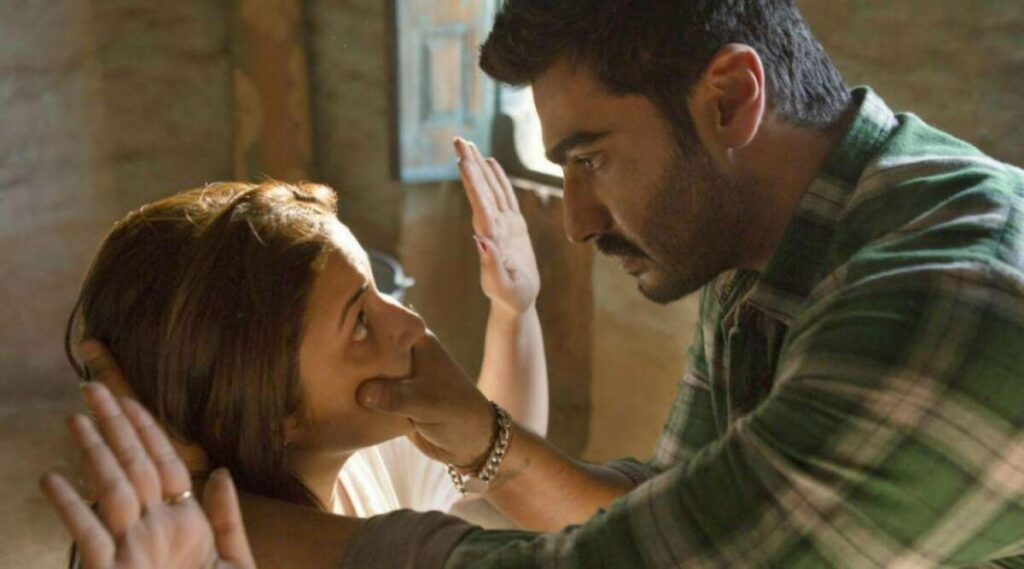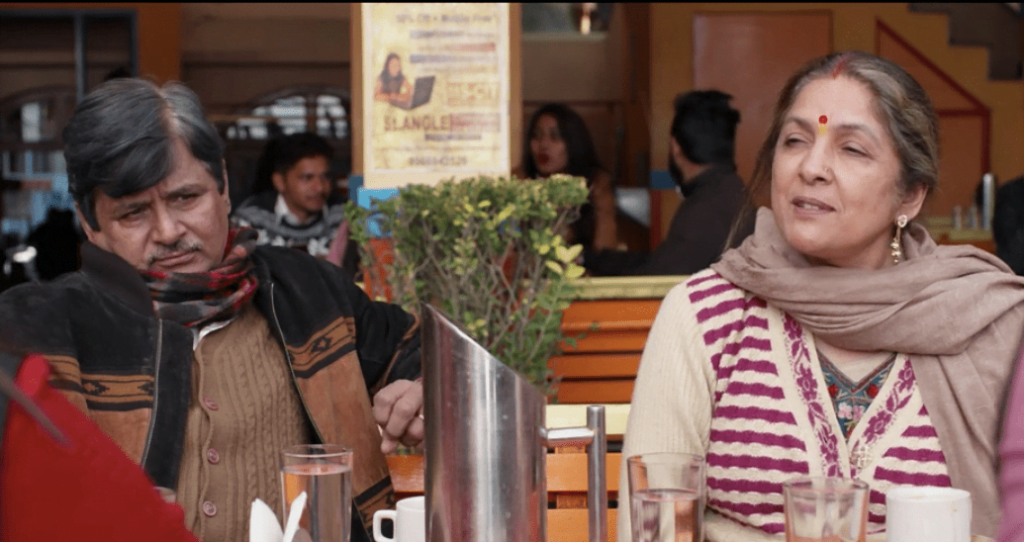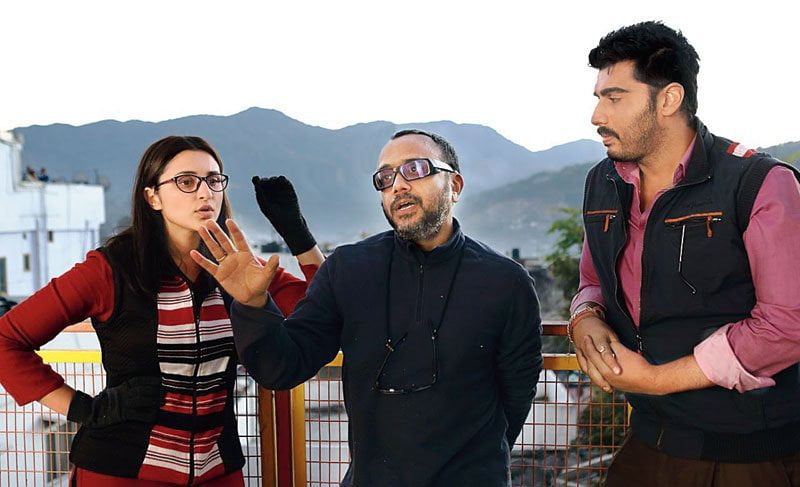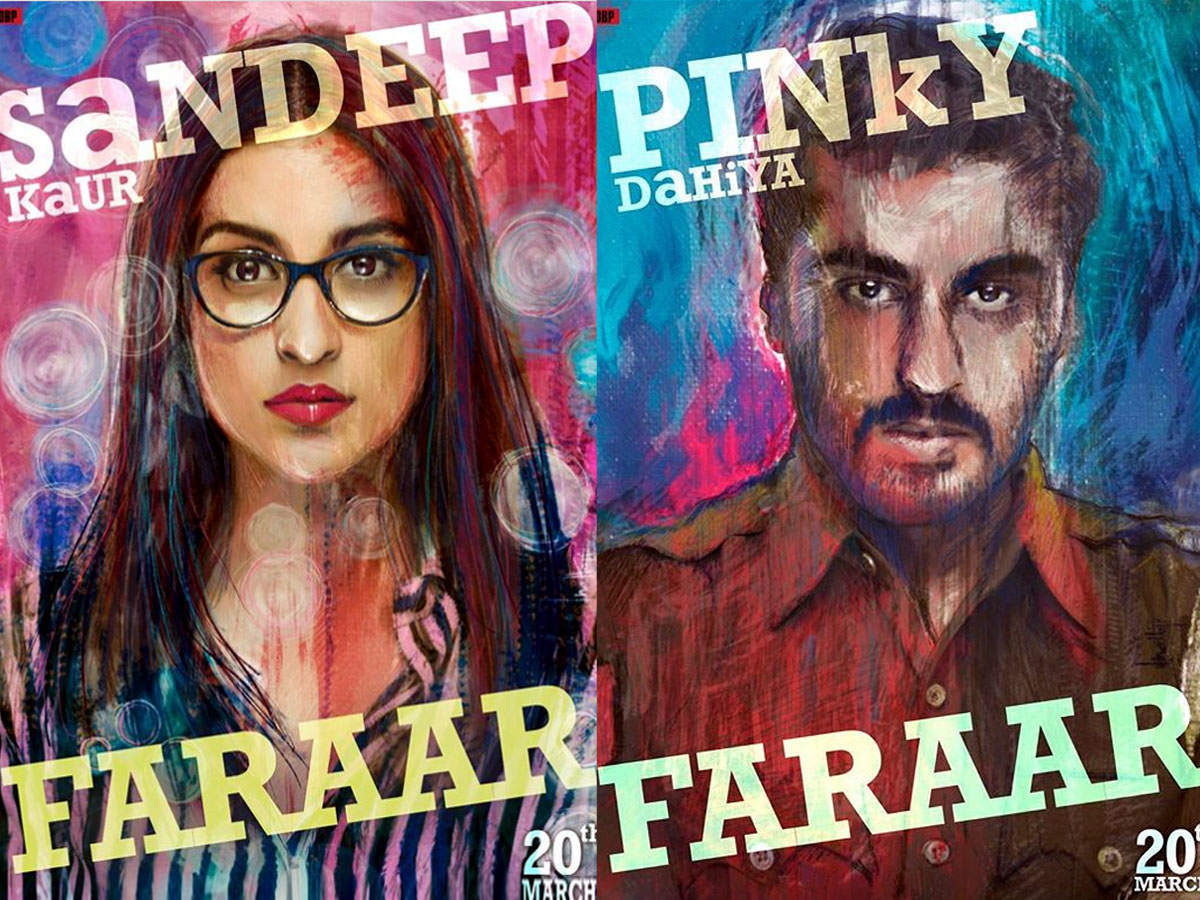To begin with let me put it out there, I am a Dibakar Bannerjee fan (some have even called him a sociologist as much as a filmmaker) and this might have coloured my perspective but Sandeep Aur Pinky Faraar’s portrayal of feminism and society’s treatment of its women is one of the most nuanced approaches I have come across in a long time.
Pleasantly surprised by the reeking feminism, the film begins with three Gurgaon/Delhi men in a car, discussing women or rather objectifying women. These men are a breed we are all familiar with, sexist, loud, derogatory, rule-breaking, shrieking of misogyny and even dangerous sometimes. As a young woman living in Delhi, these men are the reason I think twice before stepping out late at night.
It is right at this opening scene one realises that this is more than a chase film. Like many previous ones by Banerjee this one also inhabits subliminal messages and a portrayal of truth we were waiting to hear. This one is dedicated to Indian masculinity and gender dynamics while other prominent themes of the film include, crime, power, and corruption.

Shortly after the opening scene enters Sandeep (Sandy) played by Parineeti Chopra, modern, educated, rich, successful, basically a perceived projection of an empowered Indian woman. Soon after, we meet Pinky, a suspended cop, man of few words, tasked with driving Sandy to her next destination. What happens next is an entangled tale of two opposite lifestyles and identities. As the chase begins, it is the societal encounters that both the protagonists experience which lay the law of the land (patriarchal) quite clearly for Sandy. The power tables defined by money, education and class are dismantled and we experience the real misogynist world we all live and survive on a day to day basis.
The Disparate Reality of Urban and Rural Indian Women
The film transports us to the semi urban pockets of India where Sandy meets Neena Gupta (her to be landlady). This meeting and relationships draws a contrasting parallel between the lives of these two Indian women separated by age, region, class, education and much more, depicting the reality we often neglect when talking about women empowerment in India.
It reminds us and shows us a mirror on our projected progress towards women empowerment. To put this in some real perspective, recently, India ranked 112th of 153 countries on the Global Gender Gap Index 2020, a drop of four places since 2018. India was among the five worst-performing countries on the economic participation, opportunity, and health and survival sub-indices of the index.
Further, the film deeply delves into the horror of power dynamics, more than once. One would be scared for Sandy as she loses her identity and agency with every passing moment in the film. In one particular nerve wrecking scene, a bank manager crushing over Sandy (his superior in professional hierarchy) asks her to show him her baby bump. This bank manager has otherwise been docile and sweet to her, suddenly takes advantage of a power shift and assaults her the very first moment he finds. This would be a very different set up had Sandy been a man or had the bank manager been a woman. But the director masterfully conveys the realities of shifting power bound to leave you scarred for the next few days. This is not the first time Bannerjee has explored this aspect, his scathing short film in the Ghost Stories is a brutal political commentary on the power dynamics in our country.
On Point depiction of the familiar Patriarch
The next outstanding depiction we come across is that of the family patriarch played by the spectacular Raghuvir Yadav. The striking characters that Banerjee draws are mostly people we know or are surrounded with but this one hits the goalpost with such accuracy that its almost flawless. Yadav is a retired man, who does not let his wife speak or complete her sentences because of his belief that he knows better. He speaks in English as it makes him feel superior. He is a guy who contributes to most of our gender construction while growing up. Absolutely brainwashed with gender norms, he alters the power dynamics between Sandy and Pinky as if it was his birth right. He makes her cook and seeks financial advice from Pinky.

In a certain social gathering during the film, Neena Gupta narrates a humorous incident where one night she decided to leave the house and walk out on the marriage but then was stopped by her husband only to ask where she would go if she left him. She laughs and agrees with him walking back into an unequal derogatory marriage.
The Power of Pink
Pink is stereotypically associated with women, girls and femininity but the way Banerjee plays around with the colour is nothing less than masterful. It would be difficult for you to miss out on the usage of colour, a tough and masculine Arjun Kapoor is called Pinky, the Gurgaon/Delhi boys from the opening scene discuss a pink shirt and what kind of a man can wear pink and the climax where the possibilities of pink are explored.

Gender nonconformity has been defined as, “the degree to which an individual’s appearance, behaviour, interests, and subjective self-concept deviate from conventional norms for masculinity/femininity.” Though gender nonconformity is not a concept new to the 21st century, it is a term that is constantly being redefined and reapplied to changing social constructs. Like many other lifestyle props, colour associations have a lot to do with society’s association to gender stereotypes and while most of us urban readers are aware of this differentiation, the subtle use of pink is as fluid as gender and sexuality establishing their non-binary existence.
The biggest strength of the film apart from the script is its ensemble cast. While Arjun Kapoor and Parineeti Chopra seem to be getting back on track, Neena Gupta, Raghuvir Yadav, Jaideep Ahlawat are stellar in their supporting acts. The only thing the film lacks is the pace, while the characters take enough time to develop themselves it is the plot that could have been faster to keep to adrenalin rush going.
All in all, in these desperate and morose times, if cinema cheers you up then this is one film that might do the trick. Nothing has been overdone or over played and this stands true for even Parineeti Chopra and Arjun Kapoor. Sandeep aur Pinky Faraar is so much more than a chase film where right from its title nothing is what it seems.
Images via stills from the film
About the author(s)
Prachi Sharma is a development practitioner deploying a feminist lens to every sphere of her work and life. With expertise in women’s sexual reproductive health and rights, Prachi has worked in various gender and women’s health projects in India and Africa. For her work with women and young adults, the Swedish Institute recently recognized her among 60 young gender leaders in South Asia and the MENA region. Currently working with the Piramal Foundation, she likes to laze, daydream, and consume all kinds of cinema and music.




